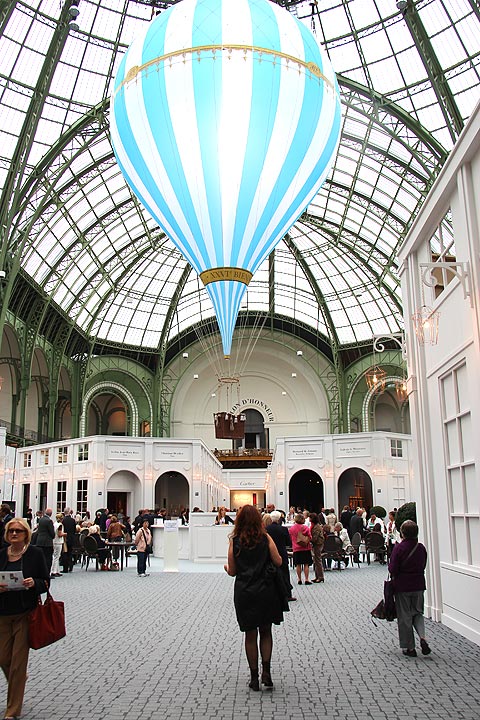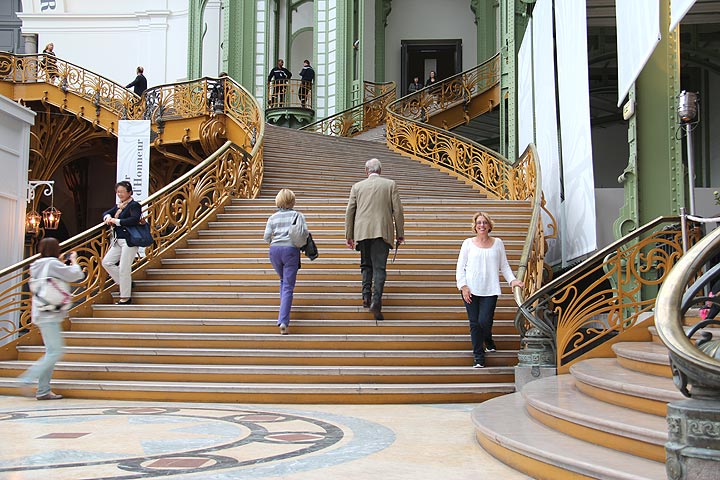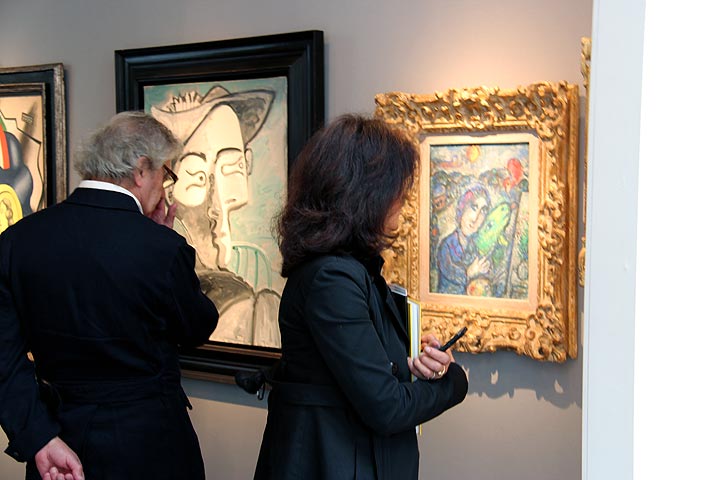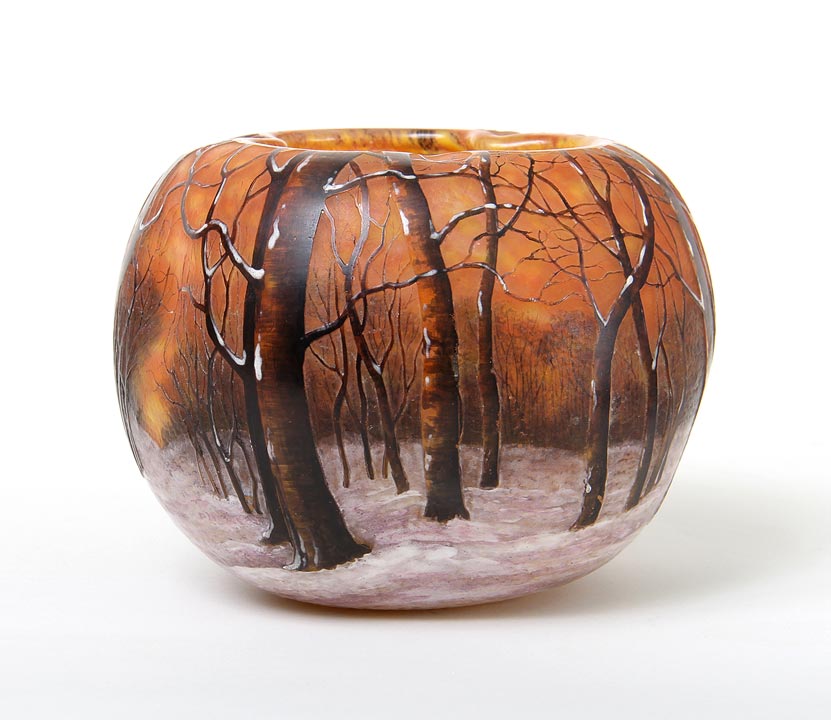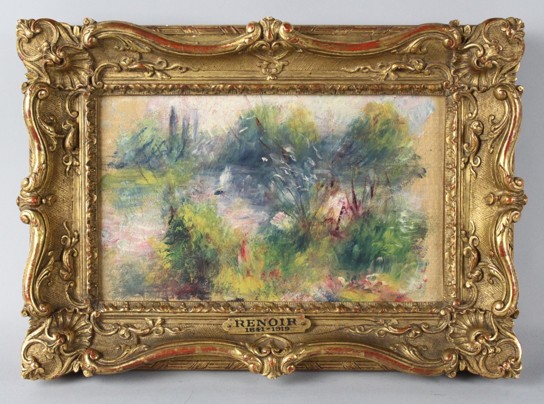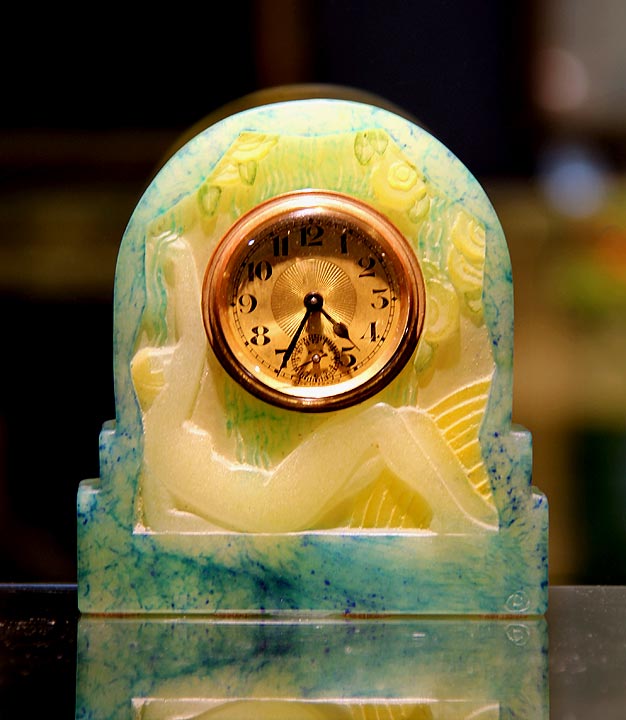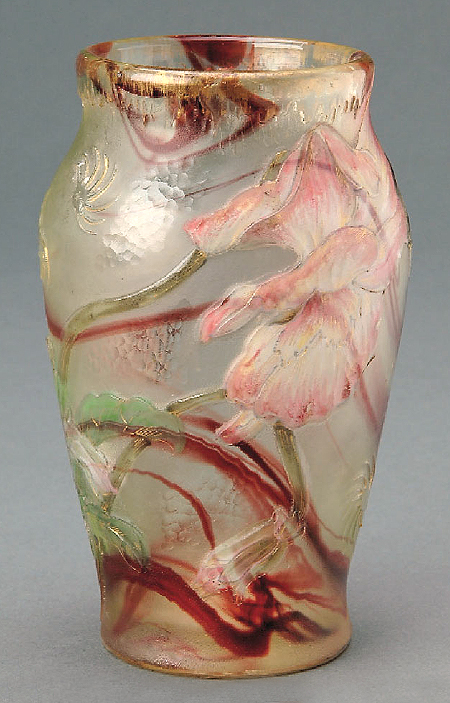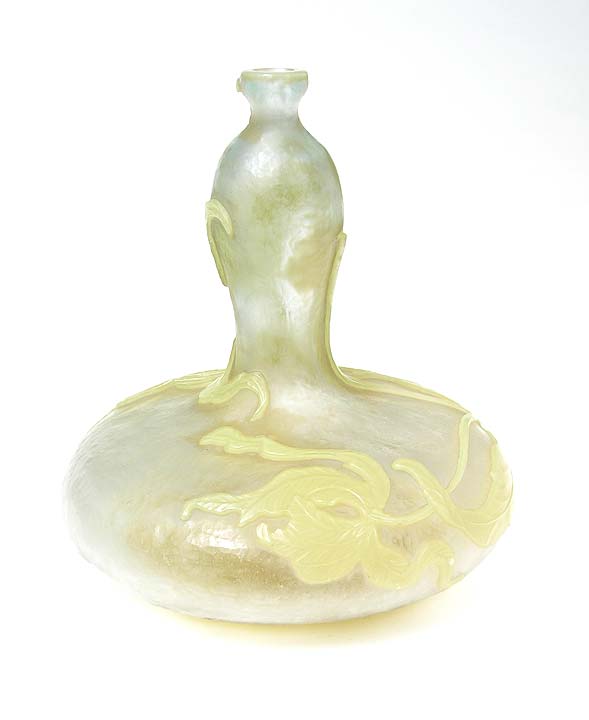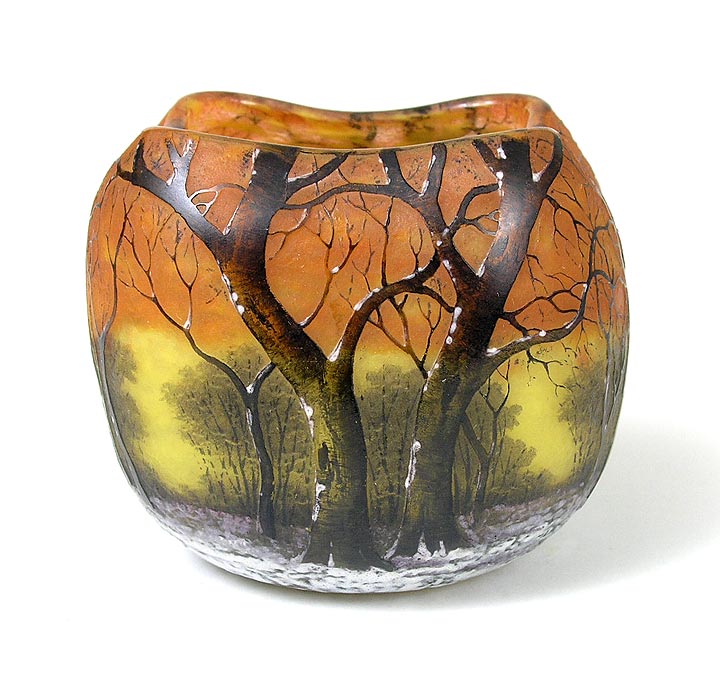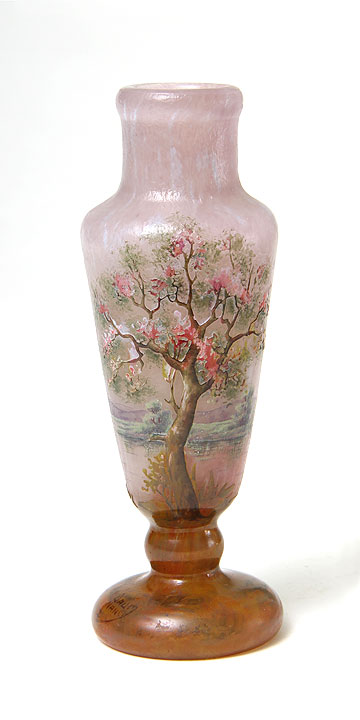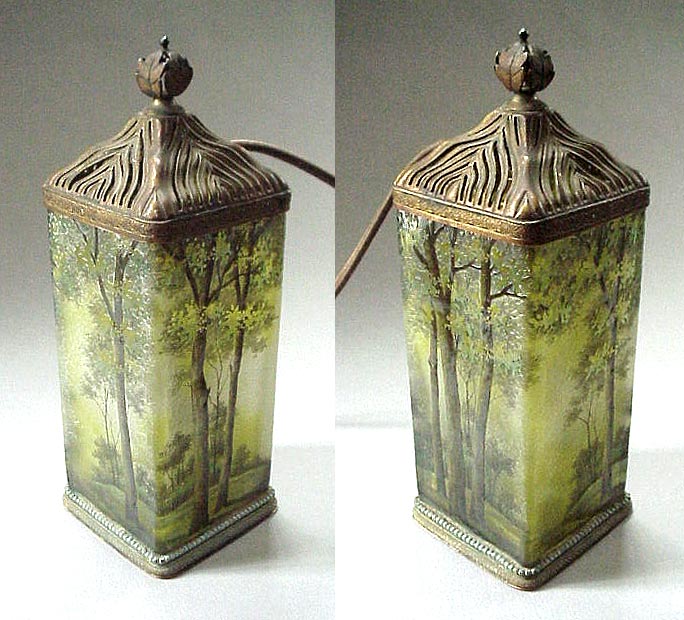My goal is to publish new posts twice a week — Mondays and Thursdays. However, if you don’t see a new post on Thursday, it’s because I was too busy, so please look for a new one the following Monday.
Paris hosts one of the finest antique shows in the world every other year, hence the name Biennale. This year the dates were September 14-23, 2012. We were on a European buying trip at the time, so we visited the show. It made quite an impression.
The building itself is magnificent, built in the Beaux-Arts style, for the 1900 Paris World’s Fair, called the Exposition Universal of 1900. It’s fun to imagine what it must have been like to attend the original fair.
The fair changes its look each time, with Karl Lagerfeld, the German fashion designer, in charge this year. We visited the Biennale in 2010 and personally liked the look better. There were trees and grass and flowers everywhere in 2010. But they didn’t consult me, so this is what they got this time.
I look at shows from the prospective of a dealer who’s exhibited at hundreds of shows, so I view things differently. For instance, I look at the incredible amount of carpentry that went into creating the booths. And I think of the cost to the exhibitors. A fancy show in the US can cost a dealer $50,000 – $100,000 in expenses. My guess, and that’s all it is, is that some of these exhibitors were paying $250,000 – $500,000 to exhibit at this show for one week. That’s a nice piece of change, but if you’ve got the potential to sell millions, it could be a good investment. I also pondered the show hours which were very long, up to 11 PM several days. The idea of staying for nine days for so many hours sends shivers up my spine. But most of the dealers were major players, with large staffs, so I’m sure they rotated hours. There was a section upstairs with smaller dealers, more of the mom and pop variety — the ones I most identified with.
I guessing here again, but the value of the total inventory on display at this show probably exceeded $1 billion. Every major jeweler in the world had a display, including Bulgari, Cartier, Boucheron, Van Cleef and Arpels, and Chanel, to name a few. Many major art dealers also had displays. Most everything we looked at started at €100,000. But if you had the money, it was a wonderful place to shop.I don’t think we’ll visit the show again in 2014. I can’t justify the €30 per person cost of admission. I would have liked to have seen one single piece of French cameo glass, or a Tiffany lamp, or something that I sell, but there wasn’t one single object. So the show will have to survive without me.
No shows in September, but the Arlington Park Racetrack Show is coming soon, October 12-14. In the meantime, we’ll try to list the great new glass we just purchased as soon as possible. We always strive to offer the finest objects for sale on our website and at every show.
Look around my website. There are many items for sale, sold items with prices and free lessons about glass and lamps. I regularly add Tiffany vases, lamps and desk accessories, as well as French cameo glass by Galle and Daum Nancy and etchings by Louis Icart.



